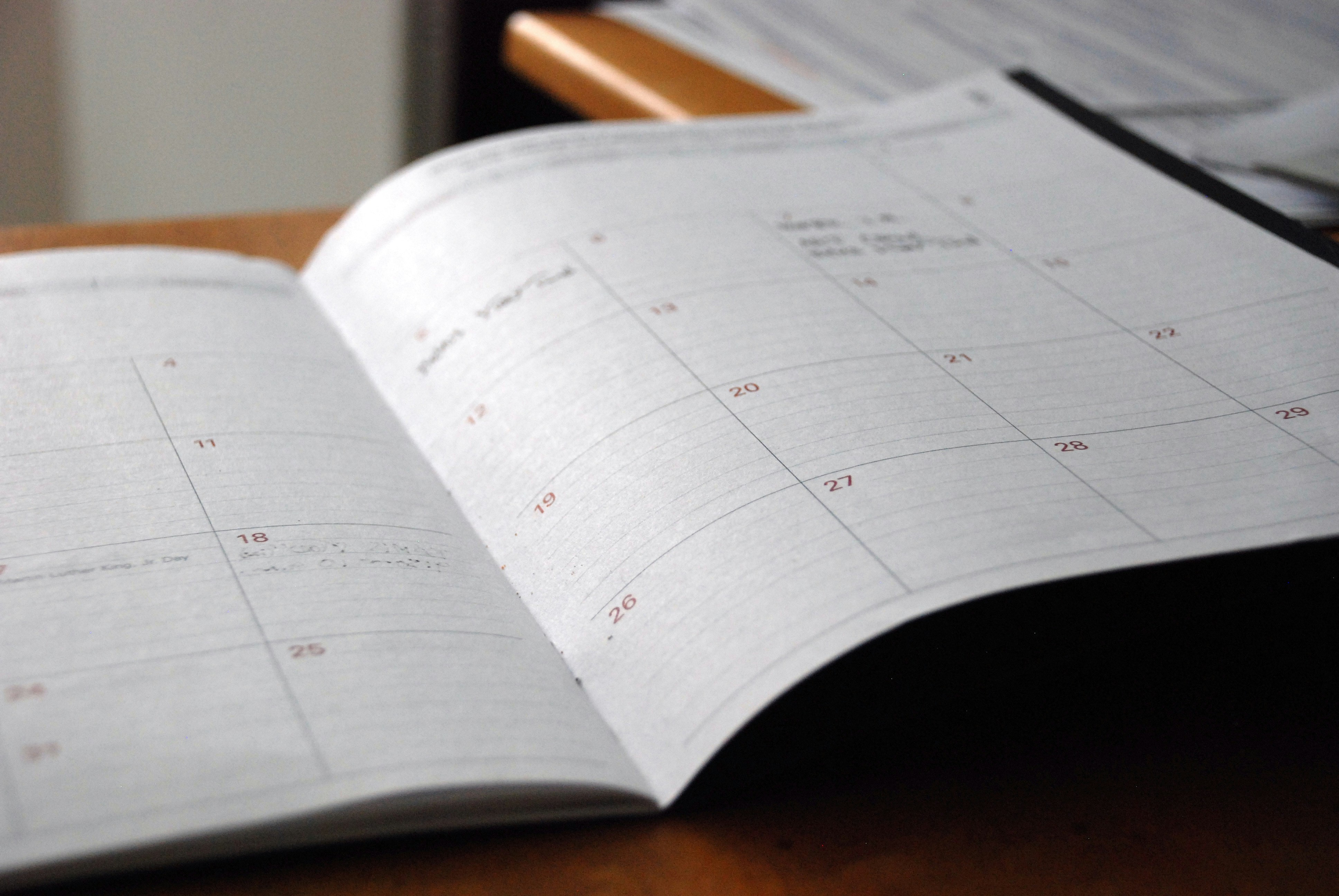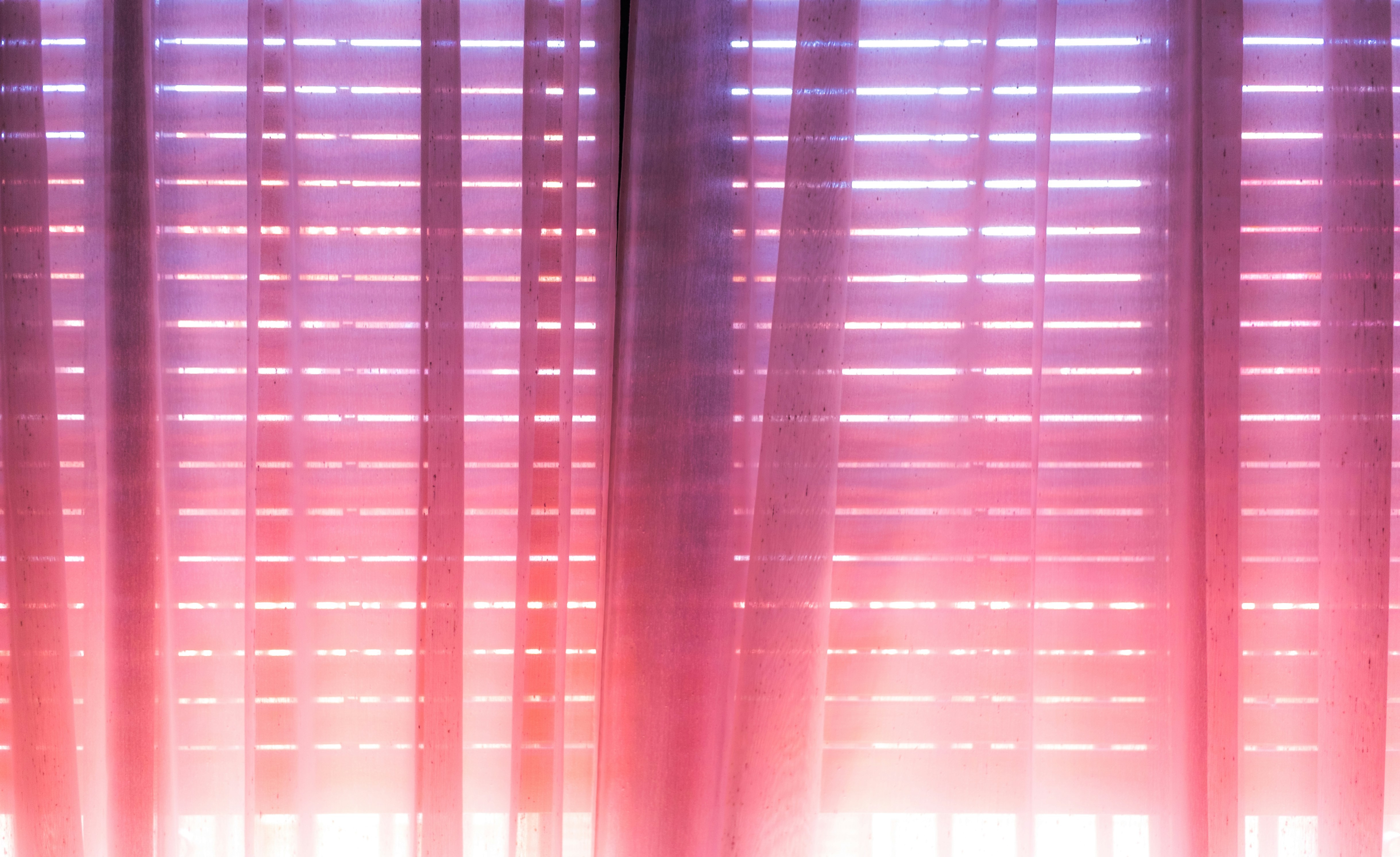The Daily Habit That Kills Productivity—And How to Fix It

Our attention spans are shorter than ever. With instant gratification just a scroll away on social media, our brains are constantly overloaded by digital distractions, sometimes as soon as we wake up. As a result, one bad habit has taken hold: multitasking. It can be devastating for productivity.
Jumping rapidly from one task to another may feel productive, and it’s a habit we fall back on so easily, but research shows it’s quite the opposite. Studies have found that multitasking leads to more mistakes, wasted time, and increased mental and physical stress.
In fact, from a psychological standpoint, multitasking doesn’t really exist. What you’re actually doing is called task switching – quickly shifting your focus from one thing to another. Dr. Sahar Yousef, a cognitive neuroscientist at UC Berkeley, explains, “Every time you make that switch, you pay a ‘tax’ on both your time and your energy.”
Gloria Mark, PhD, a professor at the University of California Irvine, highlighted on a recent American Psychological Association podcast that our attention span has plummeted. In the early 2000s, we could stay focused on a screen for an average of two and a half minutes. In the last five years, it’s fallen to just 47 seconds – and it’s only continuing to decline.
Mark also referenced William James, a psychology pioneer, who once said, “Everyone knows what attention is. It’s the taking possession by the mind in clear and vivid form of one out of what seems several simultaneously possible objects or trains of thought.” Multitasking, then, is the opposite of attention.
So how can you break free from the multitasking trap? Here are some proven strategies based on research on productivity:
1
Focus on one thing at a time.

Eliminate distractions. Close extra browser tabs or use a new window. If you’re cleaning your house, focus on one task – like vacuuming -before moving on to the next. If you’re in a conversation, give the person your full attention. Make sure you’re focusing on the right things too.
2
Take regular breaks.

You’ll have more energy and focus when you give your brain time to recharge. Schedule breaks throughout your day—and during those breaks, truly rest. Don’t try to sneak in another task. The Harvard Business Review has additional research-based insights on why this is so important.
3
Block time on your calendar.

Use time-blocking to protect your focus. Whether it’s for a single task, a break, or unexpected daily to-dos, creating space on your calendar helps prevent the chaos of multitasking. Follow these tips from the University of Colorado Denver to maximize the effectiveness of your time blocking.
4
Try the Pomodoro method.

This method blends focused work and short breaks. Work in 25–50 minute bursts, then take a 5–10 minute break before starting the next task. It’s a science-backed way to stay productive without burning out, as noted by the University of Minnesota. A 2023 study found that systematic breaks had mood benefits and efficiency benefits compared to self-regulated breaks.
5
Eliminate any interruptions.

Your environment plays a huge role in your ability to stay on task. Silence notifications, create a quiet workspace, and set boundaries to minimize interruptions. One study found that the impact of interrupted work can be devastating in terms of added stress.